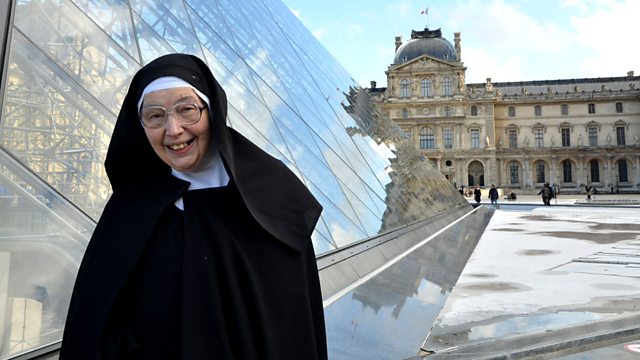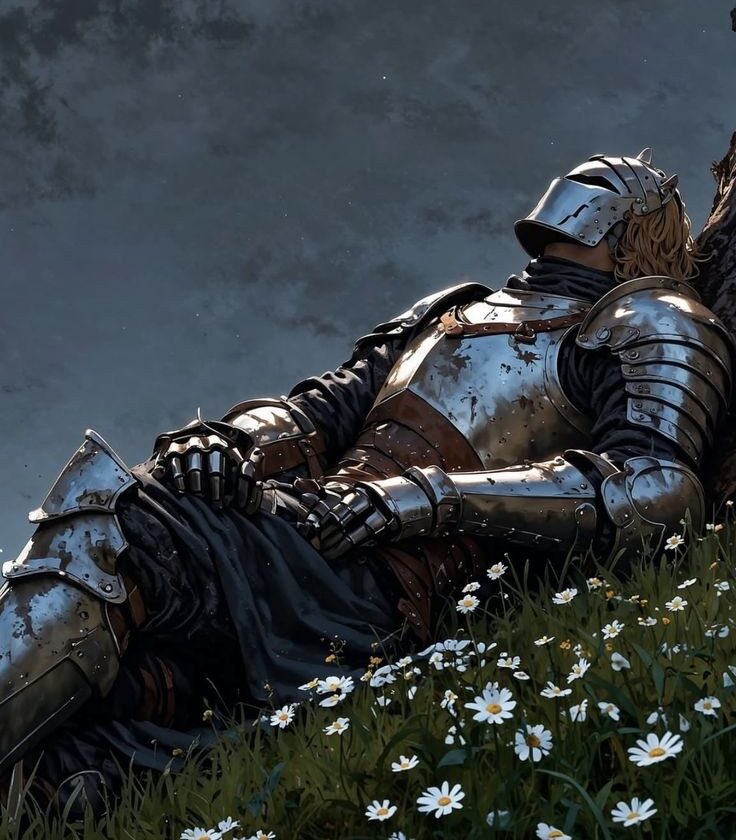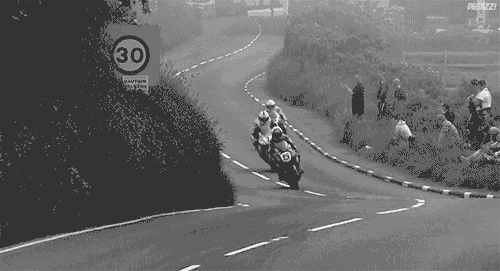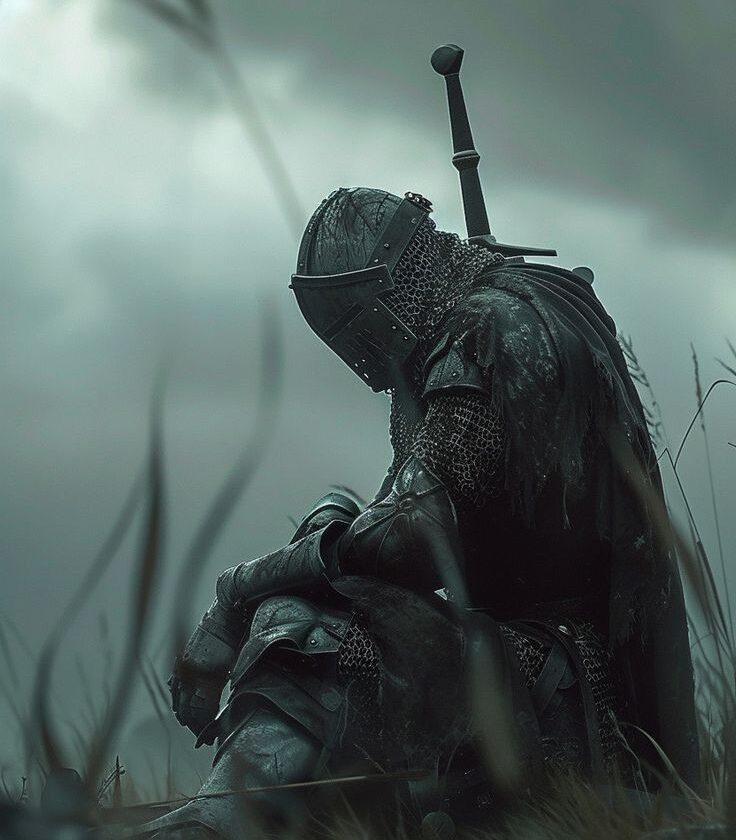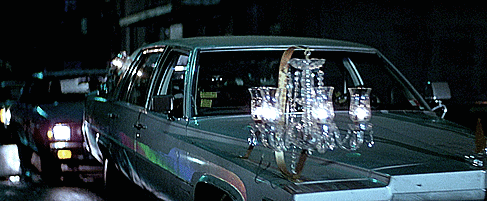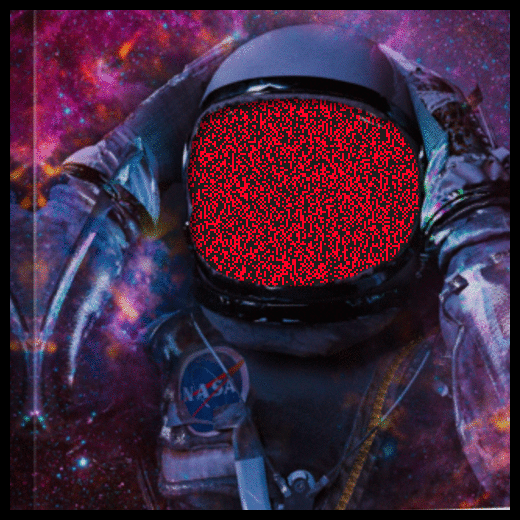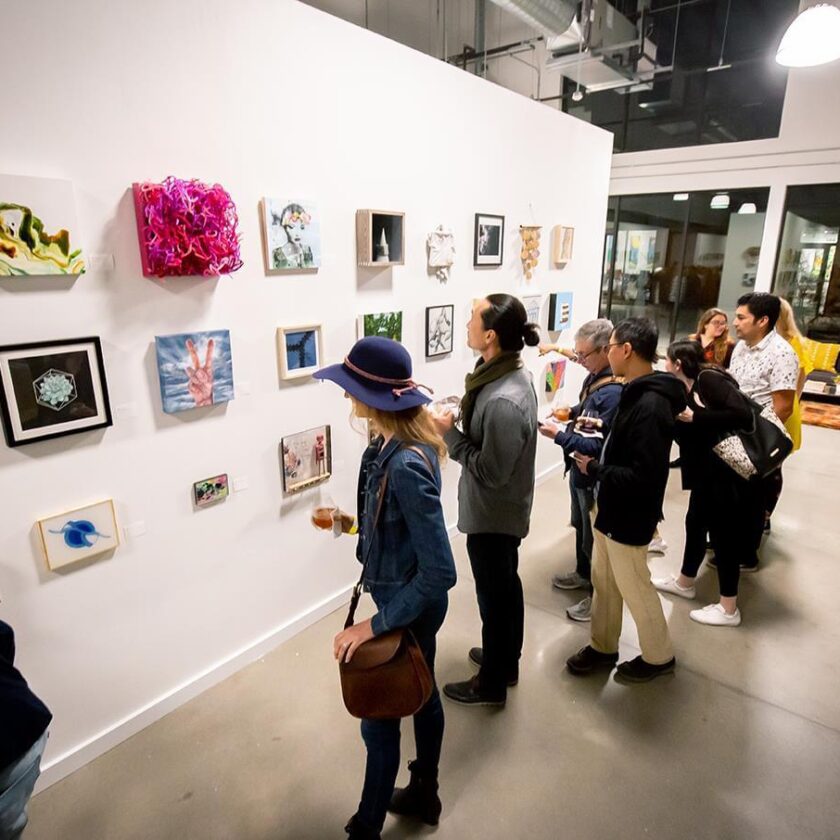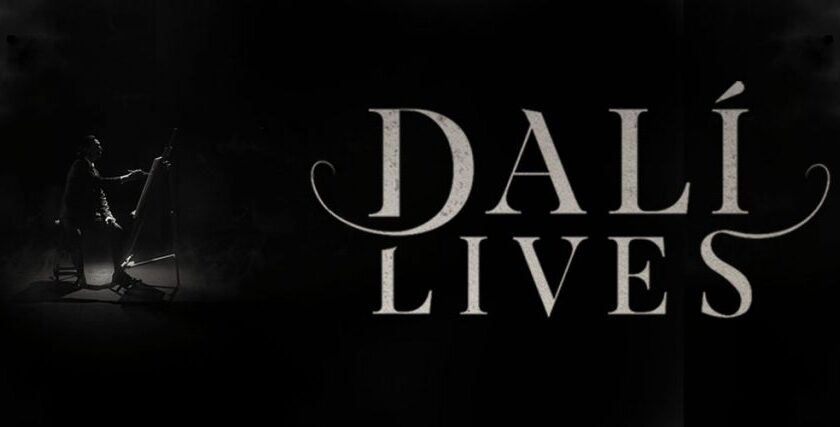Wendy Mary Beckett[1] (25 February 1930 – 26 December 2018), better known as Sister Wendy, was a British religious sister[2] and art historian[3] who became well known internationally during the 1990s when she presented a series of BBC television documentaries on the history of art.[4] Her programmes, such as Sister Wendy’s Odyssey and Sister Wendy’s Grand Tour, often drew a 25 percent share of the British viewing audience.[5] In 1997, Sister Wendy made her US debut on public television and that same year The New York Times described her as “a sometime hermit who is fast on her way to becoming the most unlikely and famous art critic in the history of television.”[2]
Sister Wendy spent many years translating Medieval Latin scripts before deciding, in 1980, to pursue art. Her first book, Contemporary Women Artists, was published in 1988.[12] Sister Wendy Contemplates Saint Paul in Art was published in 2008 to celebrate the Year of Saint Paul. In May 2009, Encounters with God: In Quest of the Ancient Icons of Mary was published, which follows Beckett’s pilgrimage to see the earliest icons of Mary which had survived the Byzantine Iconoclasm. Beckett continued writing about her interest in icons in the second volume of her Sister Wendy Contemplates series, published in July 2011. This book, entitled The Iconic Jesus, takes the reader through scenes from the New Testament, accompanied by Sister Wendy’s reflections. Her next book, published in 2011, The Christ Journey, consists of her commentaries on the artwork of Greg Tricker.[13]
Beckett required medical treatment as an outpatient at a local hospital. The television chef Delia Smith, a Roman Catholic convert, volunteered to drive her there each week. Smith also drove her around the country to meet the artists when Beckett was writing her book about contemporary women artists. Through this the two became good friends.[14]
Having overheard her commentary while attending an art exhibit, a film crew asked to videotape her. This brought her to the attention of a BBC producer and led, in 1992, to the debut Sister Wendy’s Odyssey.[12]
Sister Wendy was often effusively verbal about her descriptions of the human body in paintings, both male and female. In view of her religious state, this came as a surprise to some viewers. She insisted, however, on describing art history’s visual accuracy of the human anatomy where called for, and was quite insistent on it, stating that “God did not make a mistake when He created the human body, so I am not making a mistake by describing it.”
She was 88. She will be greatly missed.

by Wendy Beckett




